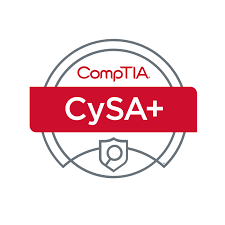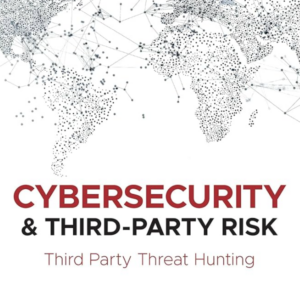The course introduces tools and tactics to manage cybersecurity risks, identify various types of common threats, evaluate the organization’s security, collect and analyze cybersecurity intelligence, and handle incidents as they occur.
Outline
1 – Assessing Information Security Risk
- Identify the Importance of Risk Management
- Assess Risk
- Mitigate Risk
- Integrate Documentation into Risk Management
2 – Analyzing Reconnaissance Threats to Computing and Network Environments
- Assess the Impact of Reconnaissance Incidents
- Assess the Impact of Social Engineering
3 – Analyzing Attacks on Computing and Network Environments
- Assess the Impact of System Hacking Attacks
- Assess the Impact of Web-Based Attacks
- Assess the Impact of Malware
- Assess the Impact of Hijacking and Impersonation Attacks
- Assess the Impact of DoS Incidents
- Assess the Impact of Threats to Mobile Security
- Assess the Impact of Threats to Cloud Security
4 – Analyzing Post-Attack Techniques
- Assess Command and Control Techniques
- Assess Persistence Techniques
- Assess Lateral Movement and Pivoting Techniques
- Assess Data Exfiltration Techniques
- Assess Anti-Forensics Techniques
5 – Managing Vulnerabilities in the Organization
- Implement a Vulnerability Management Plan
- Assess Common Vulnerabilities
- Conduct Vulnerability Scans
- Conduct Penetration Tests on Network Assets
6 – Collecting Cybersecurity Intelligence
- Deploy a Security Intelligence Collection and Analysis Platform
- Collect Data from Network-Based Intelligence Sources
- Collect Data from Host-Based Intelligence Sources
7 – Analyzing Log Data
- Use Common Tools to Analyze Logs
- Use SIEM Tools for Analysis
8 – Performing Active Asset and Network Analysis
- Analyze Incidents with Windows-Based Tools
- Analyze Incidents with Linux-Based Tools
- Analyze Malware
- Analyze Indicators of Compromise
9 – Responding to Cybersecurity Incidents
- Deploy an Incident Handling and Response Architecture
- Mitigate Incidents
- Prepare for Forensic Investigation as a CSIRT
10 – Investigating Cybersecurity Incidents
- Apply a Forensic Investigation Plan
- Securely Collect and Analyze Electronic Evidence
- Follow Up on the Results of an Investigation
11 – Addressing Security Architecture Issues
- Remediate Identity and Access Management Issues
-
Implement Security During the SDLC
Objectives
On course completion, participants will be able to:
- Assess information security risk in computing and network environments.
- Analyze reconnaissance threats to computing and network environments.
- Analyze attacks on computing and network environments.
- Analyze post-attack techniques on computing and network environments.
- Implement a vulnerability management program.
- Collect cybersecurity intelligence.
- Analyze data collected from security and event logs.
- Perform active analysis on assets and networks.
- Respond to cybersecurity incidents.
- Investigate cybersecurity incidents.
- Address security issues with the organization’s technology architecture.
Audience
This course is designed primarily for cybersecurity practitioners who perform job functions related to protecting information systems by ensuring their availability, integrity, authentication, confidentiality, and non-repudiation. This course focuses on the knowledge, ability, and skills necessary to provide for the defense of those information systems in a cybersecurity context, including protection, detection, analysis, investigation, and response processes. In addition, the course ensures that all members of an IT team—everyone from help desk staff to the Chief Information Officer—understand their role in these security processes.
Prerequisites
No special prerequisites for this course provided. If you are unsure whether you might need to take another course first, please contact us to discuss.







Reviews
There are no reviews yet.